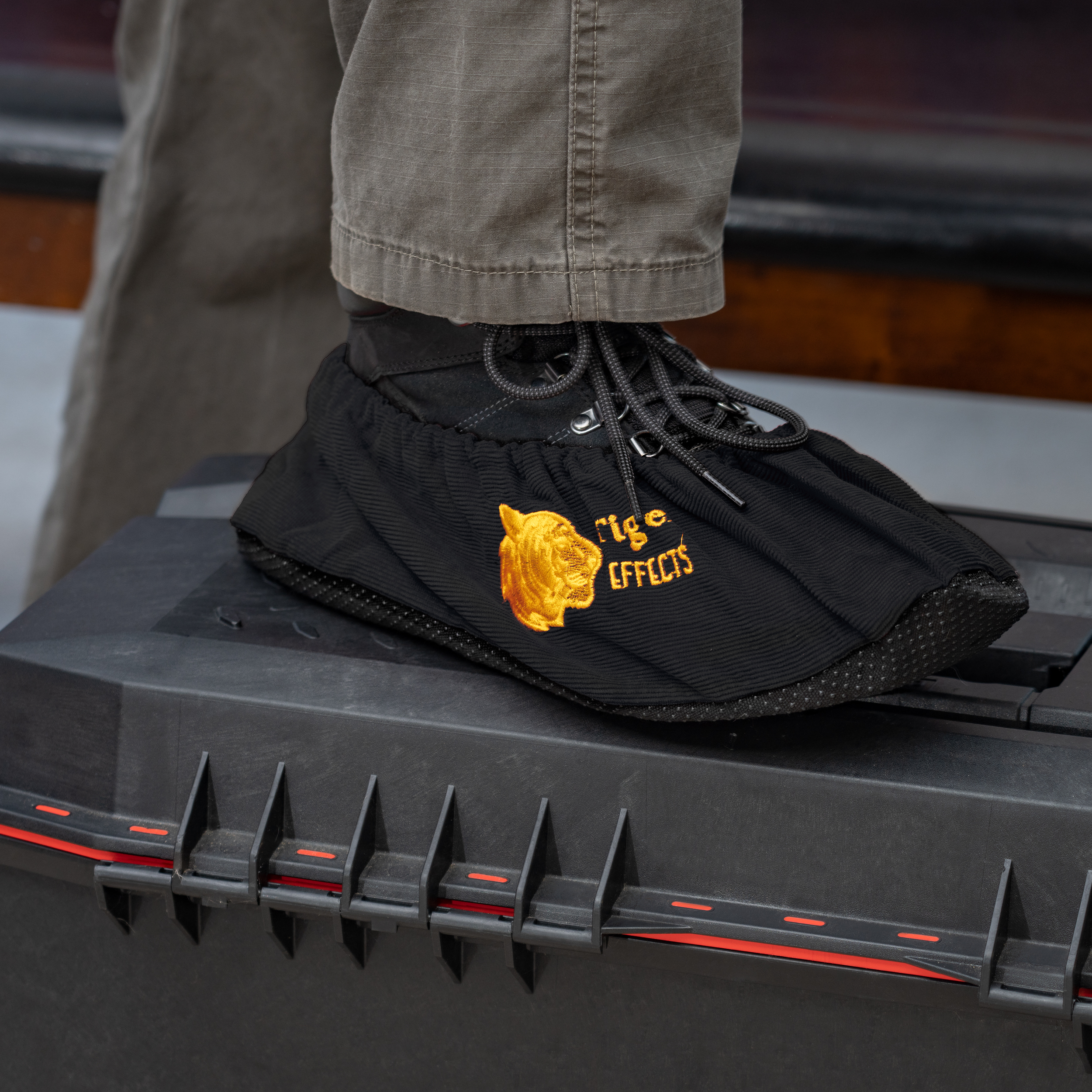Wearing Shoe Covers in a Controlled Environment: Why is it important?

In times of a global pandemic, we often hear experts talking about a controlled environment. Then, we get to learn about the isolation and quarantine facilities being set up as a controlled environment. As there are strict entry regulations to these facilities we take it to mean that the control here pertains to who can and cannot get inside. Well, that is true. But, there’s more to it than just that.
It’s not only the entry to the facility that is being controlled. There are important factors that must be considered and regulated. In most controlled environments, the use of a special protective personal equipment and other gears are required to be worn at all times once inside. There’s a logical, medical and scientific reason for that. To know more about it deeper, you must first understand what a controlled environment is.
What is a Controlled Environment?
It is any environment whose condition and features such as air pressure, temperature, light, ventilation, humidity, climate, access, proximity to other buildings and more others are controlled or strictly regulated. The main reason for the control is to avoid any contamination to whatever subject, procedures or processes being done in that particular environment.
While an isolation facility is a controlled environment, there are other establishments or facilities that fall under that category. Research Laboratories, Hospital Operating Rooms and Intensive Care Units, Livestock Farms, Food Manufacturing, Slaughterhouses and many others. And, common to all of them are the authorized persons’ work wear. Aside from the lab gowns and gloves, one that shouldn’t be missed is a pair of shoe covers.
Why wear a Shoe Cover in a Controlled Environment?
Many might think that a shoe cover should be less thought of as they are the farthest from the risk of contamination. To you, gloves, lab gowns, face masks and eye shields can already suffice. But, even if the floor is under you, it doesn’t make it repellent to viruses and bacteria contamination.
To illustrate, let us take the scenario in a Virology Laboratory as an example. It must be located in a separate and detached building with only a few people authorized to enter. You could be testing and researching the most virulent viruses when a tiny drop of it fell on the floor, unnoticed.
Just imagine, you, not wearing a shoe cover, step on it and go from building to building and get home. In just a few hours, a number of people and places are already exposed to the virus that you brought along with you in your shoes.
This is one of what a shoe cover prevents – cross contamination.
Different Shoe Cover Types for Different Controlled Environments
Having known the importance of wearing shoe covers in a controlled environment, you must also know that there is no generic and universal type of shoe cover for all kinds of environment or industry. Each type of environment would require a specific type of shoe cover based on the kind of processes being undertaken, the subjects being worked on and the overall atmosphere in the facility. Is it dry in the facility or wet? Will you be dealing with liquids? These are just some of what you should know, to decide which type of shoe cover is the most appropriate.
Sterile Areas
By just looking at the word, sterile, it would mean that it has to be clean all the time. And, as a basic rule, before one enters a sterile area, he must be in the required PPE and when he leaves he must dispose of his PPE in a designated bin. In this kind of situation, then a disposable shoe cover may be the best option. It is easy to wear and to remove. It would also be much better and less time-consuming if you have an automatic shoe cover dispenser.
Wet Areas
An example of a wet area would be a slaughterhouse. In every procedure involved, there are fluids to work around in. It could be blood, water and other body fluids coming from the slaughtered livestock. As a standard practice, some slaughterhouses invest in rubber boots for their employees. The boots will not only help keep their shoes safe from contamination, they will also help prevent you from slipping.
Rubber boots may be the best option but you will have to address the post-use care. You have to wash and sanitize the boots after every use. However, others found a friend in disposable shoe covers. If you cannot afford that, you can go to different sites and order those disposable shoe coves that come with rubber grooves in their sole.
The Bottom Line
No matter how many types of shoe covers there are in the market, there is a universal and common truth. That is, wearing them in a controlled environment is important. Shoe covers have gone a long way since they were first introduced. It has slowly evolved into one of the basic PPE that must be worn in different facilities. Then, they were made more disposable so that the risk of contamination can be further eliminated.
A lot of work has been done to improve the durability and usability of shoe covers. It is then just right to wear them whenever appropriate.
